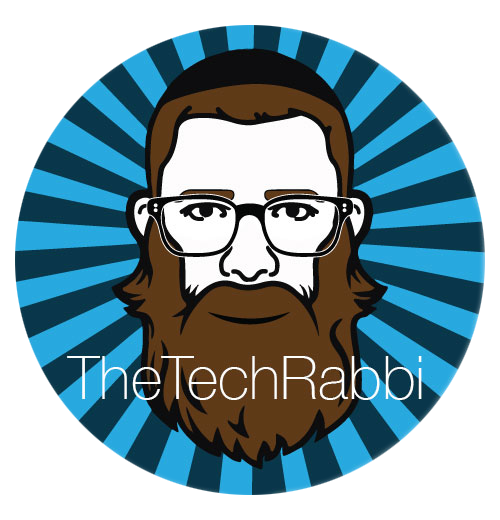The Invisible iPad
If this event becomes a meeting about how we got rid of power cords, extended battery life, and solved workflow challenges with some neat app, then we fail.
The iPad summit is not about the iPad
With these words, Greg Kulowiec had me hooked. Since the launch of the iPad in 2010, we have seen a revolutionary transformation in how we create, consume, and communicate. Whether the iPad is an authentic educational tool is not relavant, because
it's not about the iPad.
Is the automobile an authentic education tool? What about the refrigerator? Revolutionary inventions are not about the invention itself, but whats the invention gives use the ability to do. A truly revolutionary invention should in time become invisible. No longer is it viewed as something special, yet its effects are far reaching. The lightbulb changed the way the world functioned. The world was no longer bound to productivity during daylight, or the length of time it takes your oil lamp to burn up. It was about what you would be able to do because now there was a constant and stable source of light.
While the iPad does a little more than a lightbulb, its success in eduction is on the principle that the iPad does the same for learners as the lightbulb.
It liberates us from the limitations of creative tools, the challenges of access to quality content, as well as our source of inspiration, and innovation being based on geographic location.
Yes, the iPad needs to be invisible because we are searching for something deeper than a manipulative touch screen device. We are looking to start a conversation, create a personal expression, and to fashion a brick in a collaborative digital structure.
Before the EdTechTeacher iPad Summit, I understood the philosophy, but I lacked the language to express it with words like App Fluency and App Smashing, as well as the support of like minded visionaries with more experience than myself. This and more I found at the #ettipad conference. In the past I have written about the process of integrating technology into education and its correlation to the experience of building something by hand. When we build something, our tools are chosen keeping in mind their quality, versatility, and ease of use. A responsible individual does not put someone in front of a table saw and say, "Good Luck!", so why do we drop an iPad in someones lap and do just that? Cutting off a finger is not the only danger of using technology wrong, and I see it time and time again with the iPad.
The iPad isnt a great way to take a test, or read a book, or even create a movie. It isn't enough to change how we use the iPad, but why we use the iPad, or any other device for that matter.
We use technology to liberate ourselves from mundane robotic like tasks that lack any sort of creative drive or purpose. A robot can memorize 100 vocabulary words, the question is now, what do we do with those words? Do we use them for creative expression, or do we let them collect dust in the deep recesses of our brain? Technology is not here to make us lazy, or to avoid basic communication skills, but
it is here to make us think critically, solve problems, collaborate, communicate, create, and ideate.
These words have far surpassed cliché status in education, as if they are the key to tagging successful learning outcomes, but the truth is that when the iPad is invisible, you really get to see those words in action.
As long as our focus is on learning outcomes and the experience it brings, then the this just might be the best iPad experience yet.

